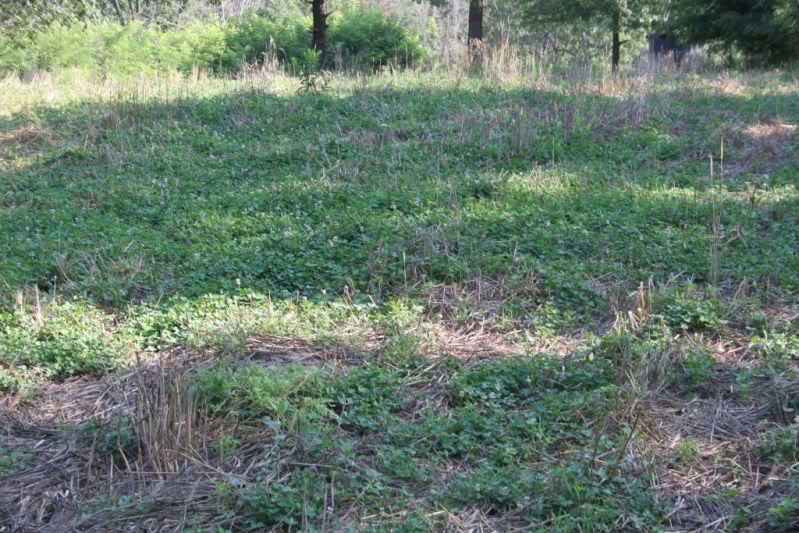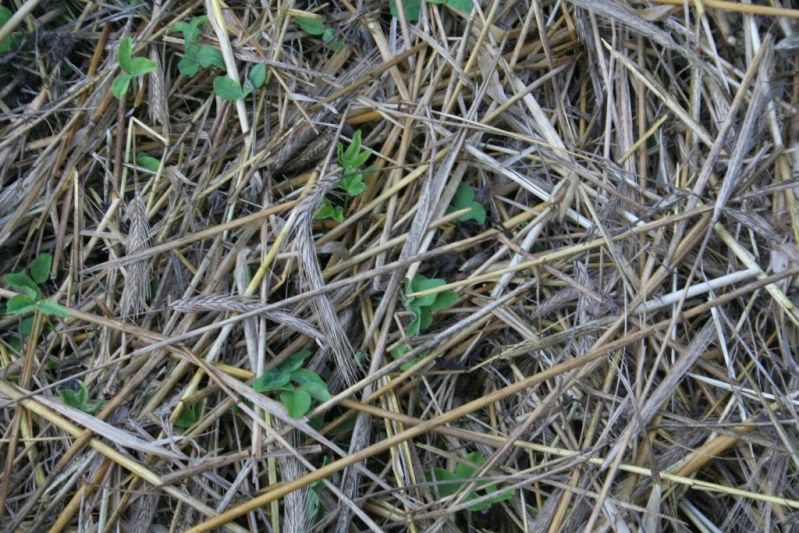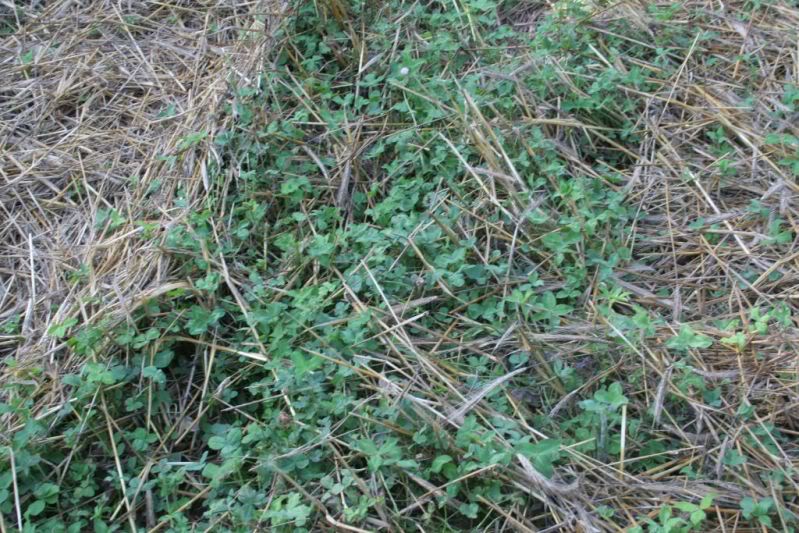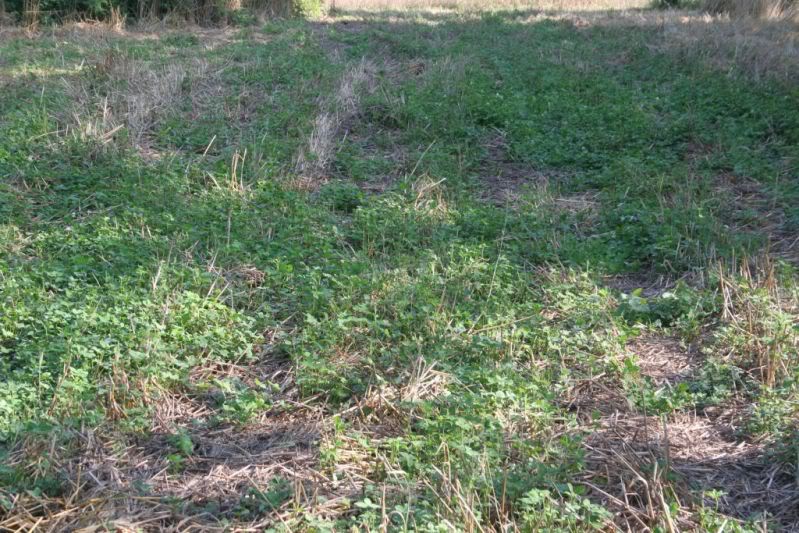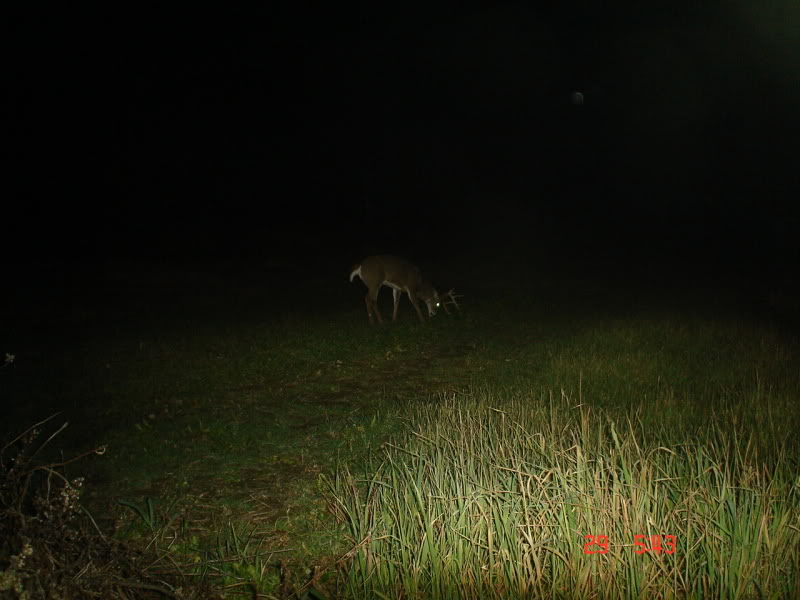Daver
PMA Member
That mower is AWESOME!!!!
No kidding! :way: A real Red Green special there!


That mower is AWESOME!!!!
If my clover is stressed due to lack of rain will it hurt them to spray Cleth and Butyrac right now or should a guy wait till the rains come? My clover plots are both 2 yrs old so they are well established just thirsty.
Paul my last falls planting of WR and WC was looking great my last trip out a couple weeks ago after I had mowed it. I didn't do a soil test last fall but I used your 400# 6-24-24 and 400# pellet lime. My question is should I be adding any fertilize or lime now or wait to a later date?
Thanks for all your advice

6-8 ounces 53% glyphosate
10-12 ounces clethodim
1 quart crop oil
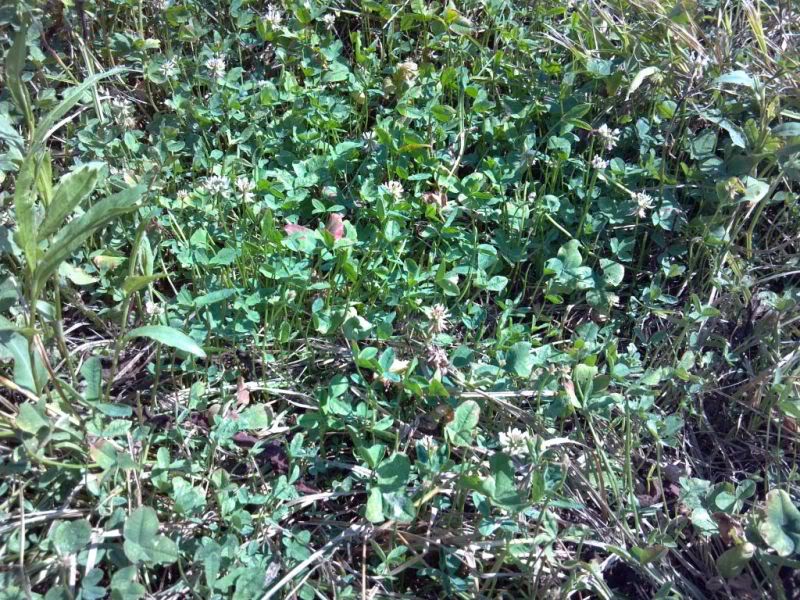
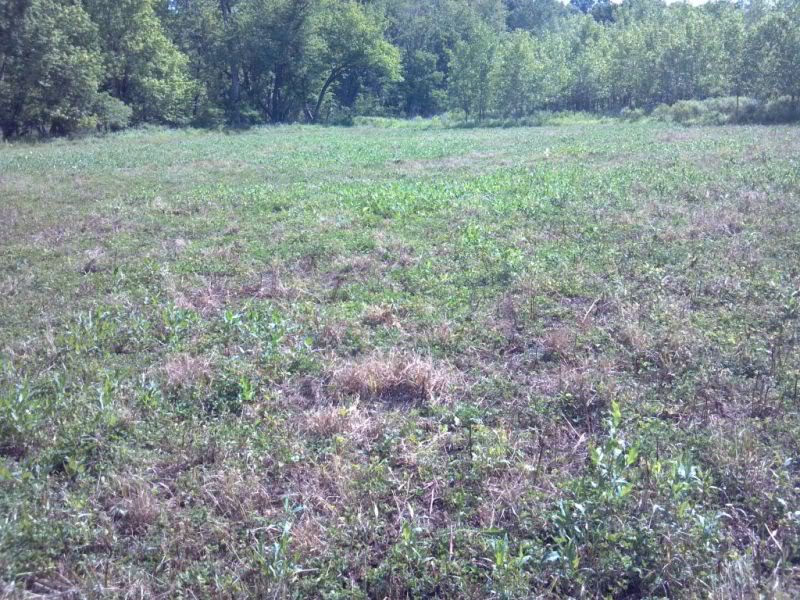
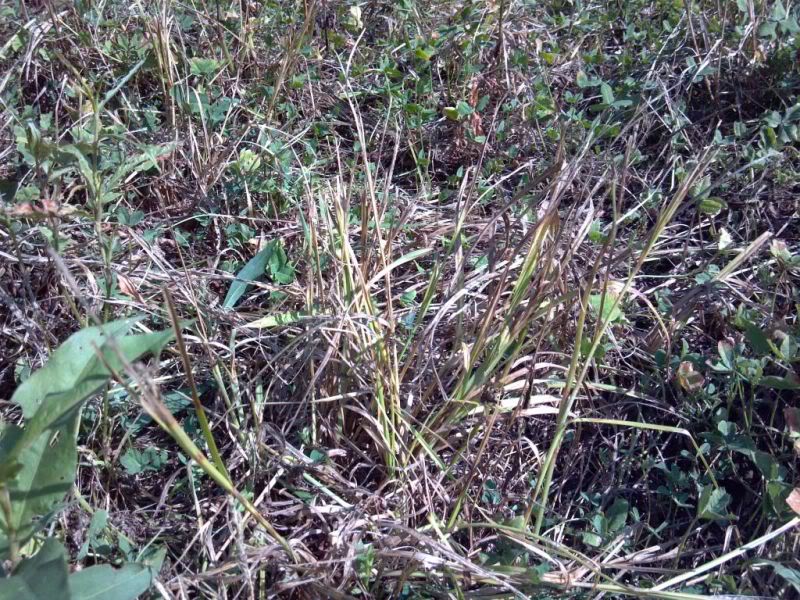
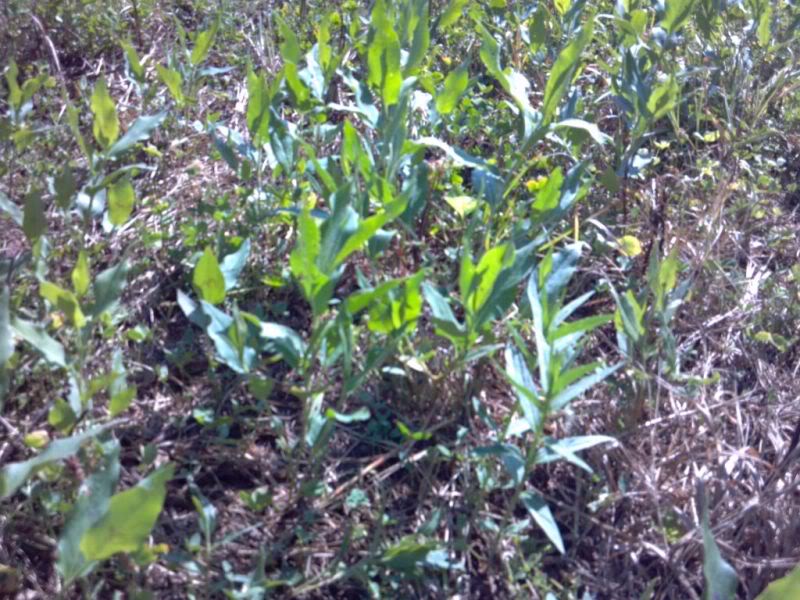
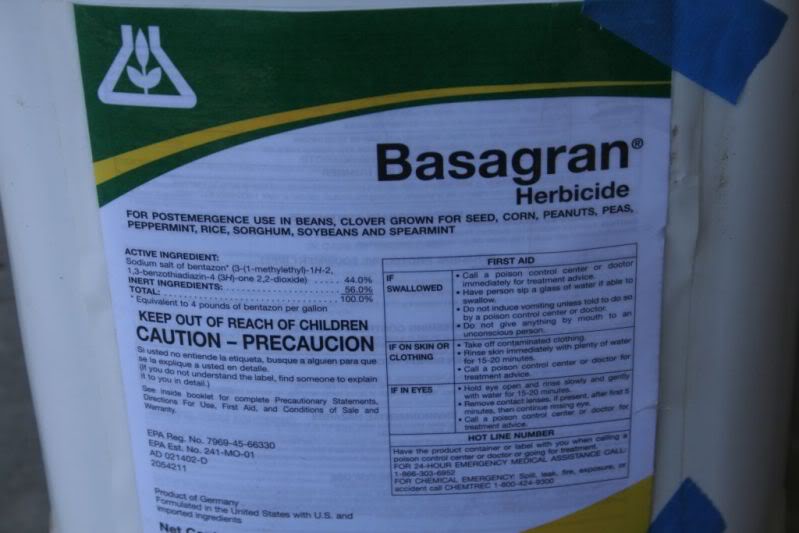


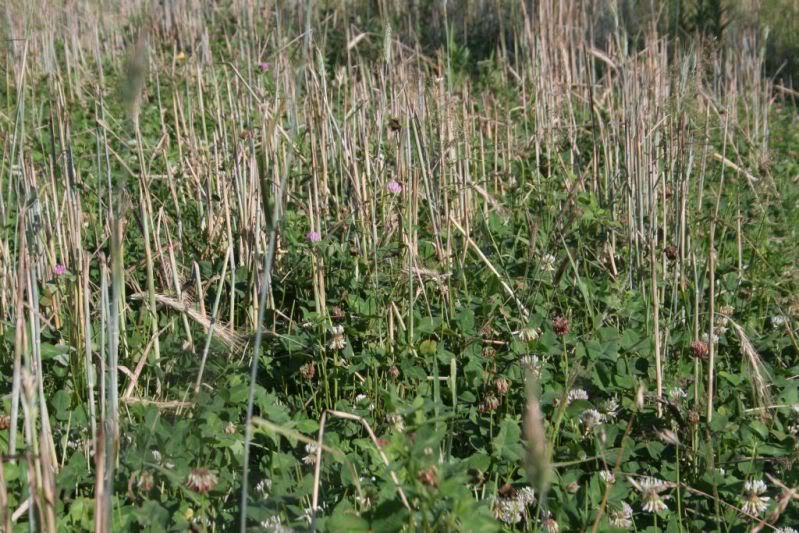
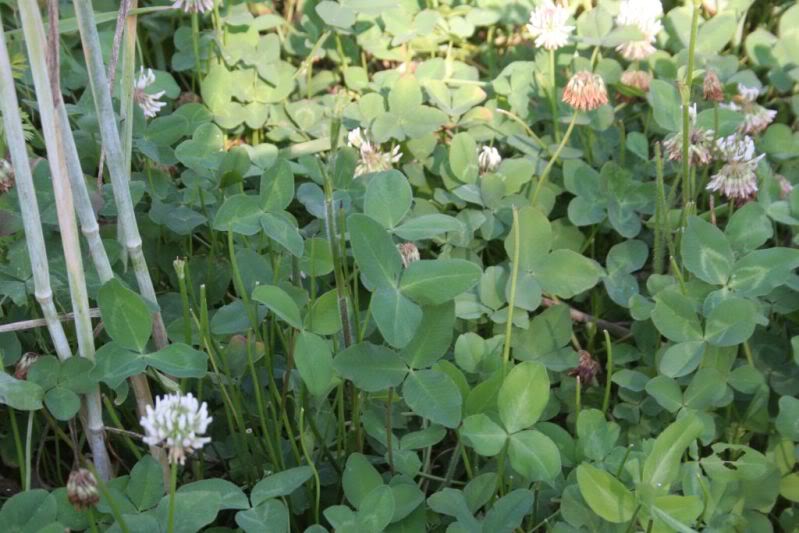
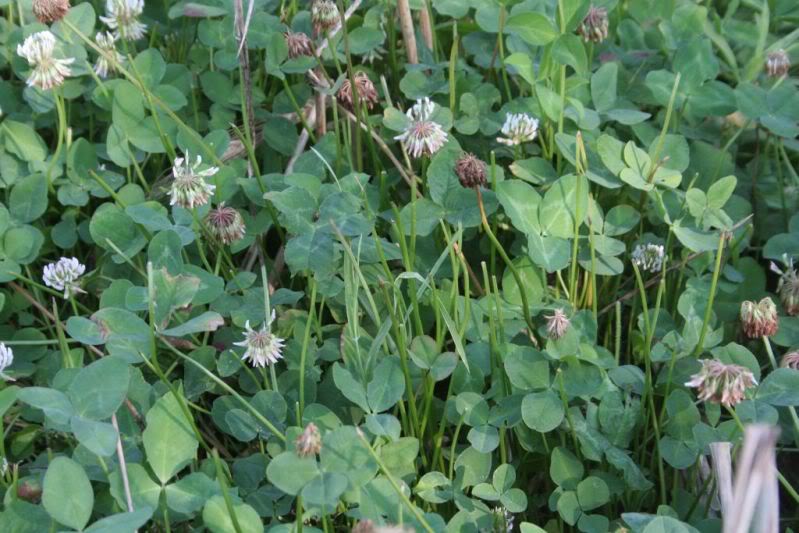
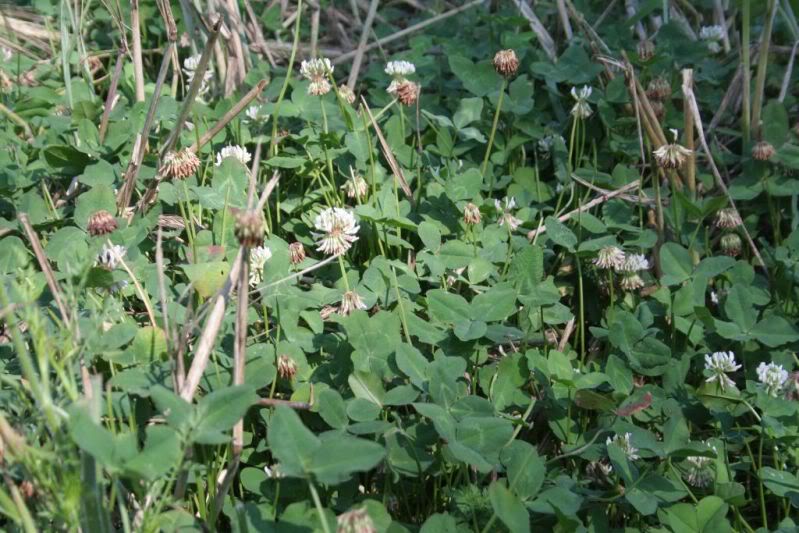

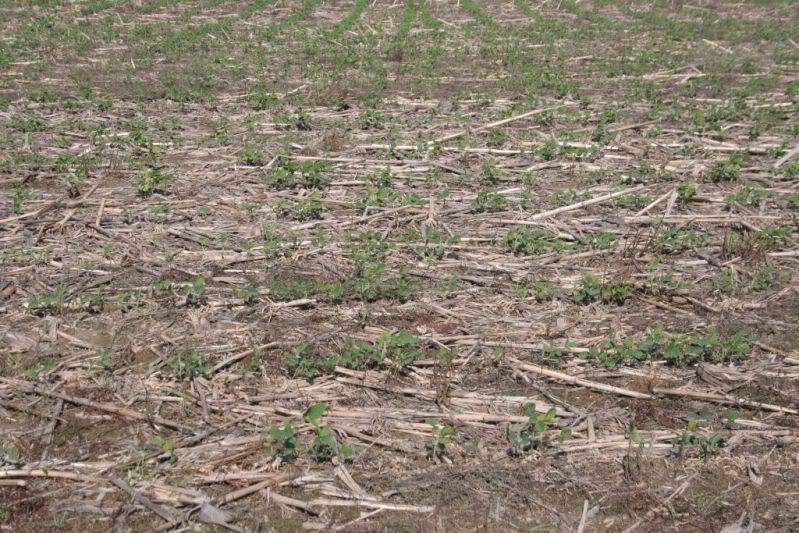
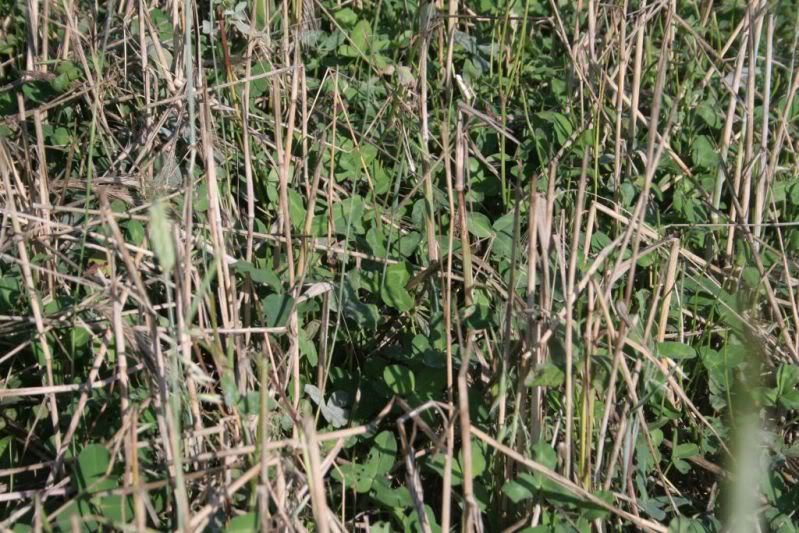
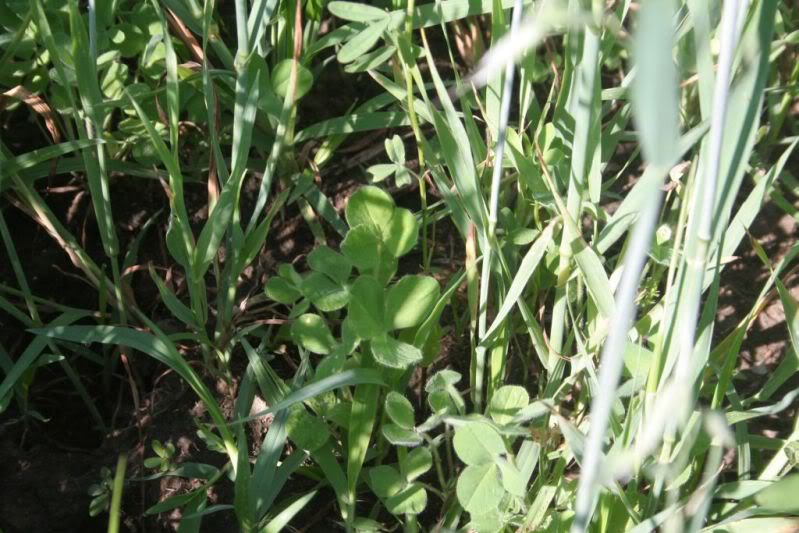
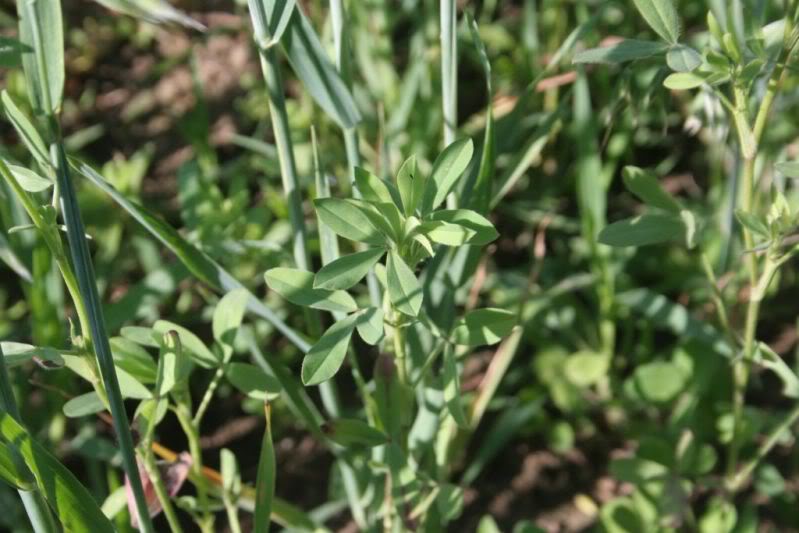
Plant ALL in one plot in strips or blocks
Alice, KopuII, Durana (or comparable) white clover 10% of plot, in odd areas, corners or simply divide the plot with clover strips. Soil test for best results but 400#'s of 6-24-24 and 400#'s of pel lime will get most soils into shape. Plant 6-10#'s per acre
Brassicas in 45% of plot
Purple Top Turnips 3#
Dwarf Essex Rape 2#
GroundHog Forage radish 5#
Plant in mid to late July in most Midwest states, or 60-90 days before your first killing frost, use 400#'s 6-24-24 and 200#'s urea for best yields. Follow the dead brassicas with oats and berseem or crimson clover in mid spring.
Cereal Grain combo in 45% of plot
Winter rye 50-80#'s per acre (56#'s = a bushel)
Spring oats 80-120#'s per acre (32#'s = a bushel)
Austrian Winter Peas or 4010/6040 Forage peas 20-80#'s per acre
Red Clover 8-12#'s per acre or white clover at 6#'s per acre
Groundhog Forage Radish 5#'s per acre
Plant in late August to early September add 100-200#'s of urea if heavy grazing is expected.
Rotate the brassicas and rye combo each year
Winter rye 50-80#'s per acre (56#'s = a bushel)
Spring oats 80-120#'s per acre (32#'s = a bushel)
Austrian Winter Peas or 4010/6040 Forage peas 20-80#'s per acre
Red Clover 8-12#'s per acre or white clover at 6#'s per acre
Groundhog Forage Radish 5#'s per acre
Plant seeds roughly 1-2" deep by lightly tilling or discing in, and then cultipack to cover, broadcast clover and radish seed and re-cultipack
Plant fall grains no earlier then the last week of August through mid September, earlier is better when adding peas and clover
I planted Alice Clover about 6 weeks ago. We didn't get rain for approx. 3 wks. Since then we've had about 2". I see almost NO clover anywhere germinated and I mean almost NONE. Will I have to replant or is there still hope?? I also planted some CP25 at the same time and it almost all has come up. Advice appreciated.
Fall all the way. Less weeds, better stand!
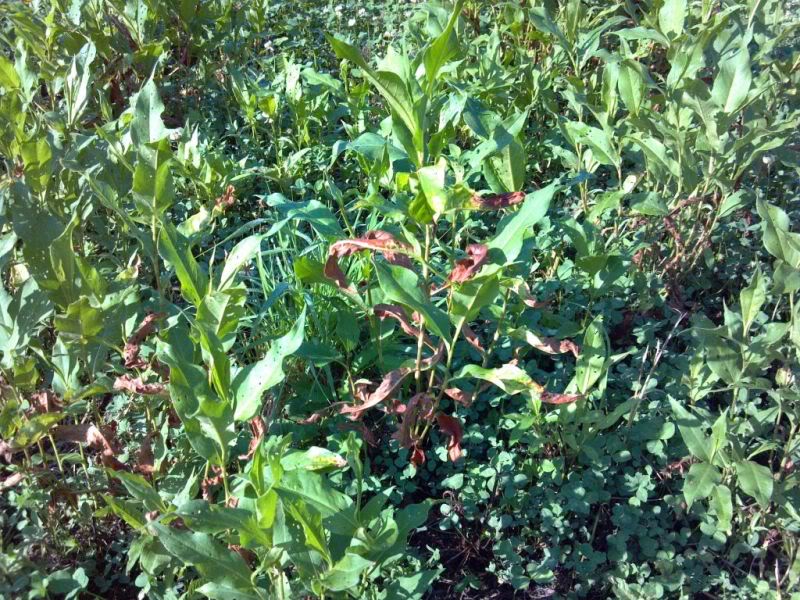
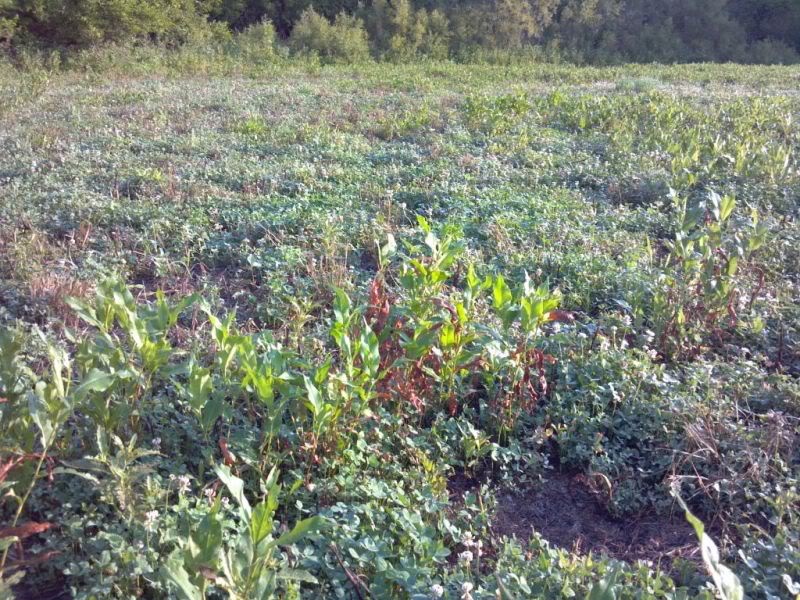
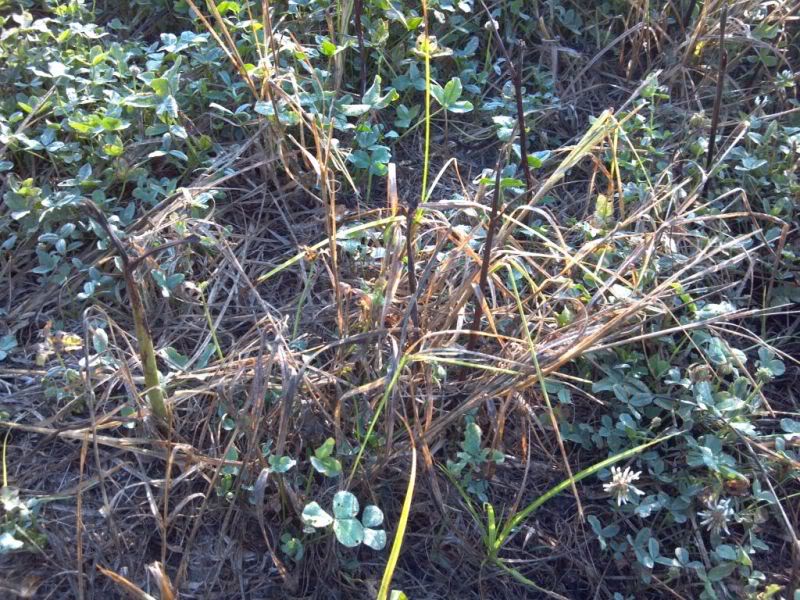
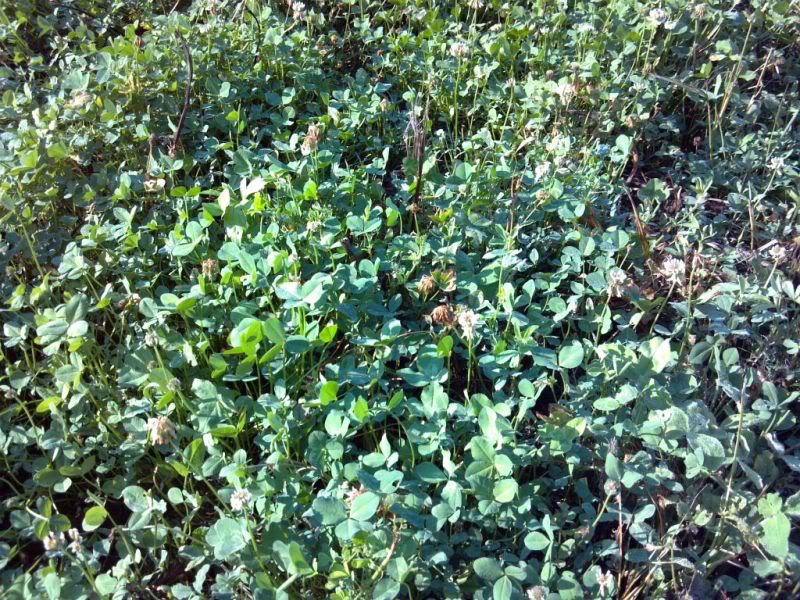
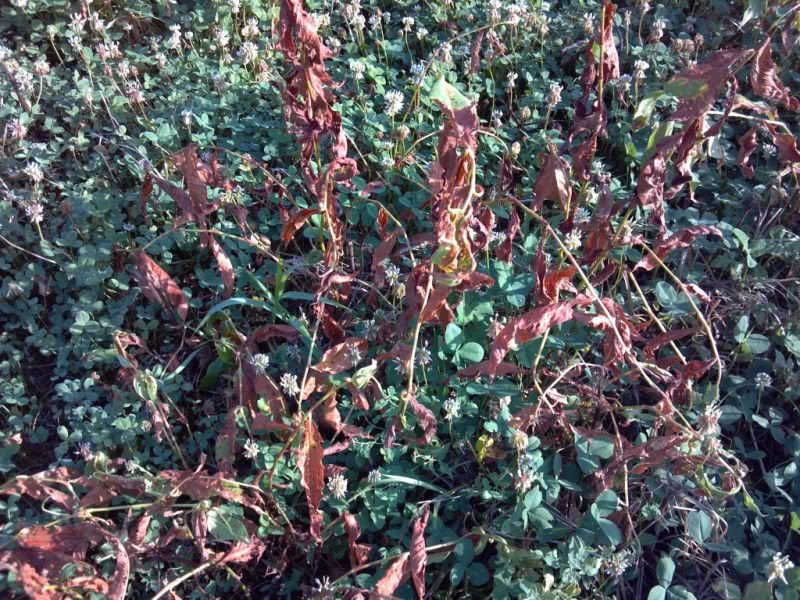
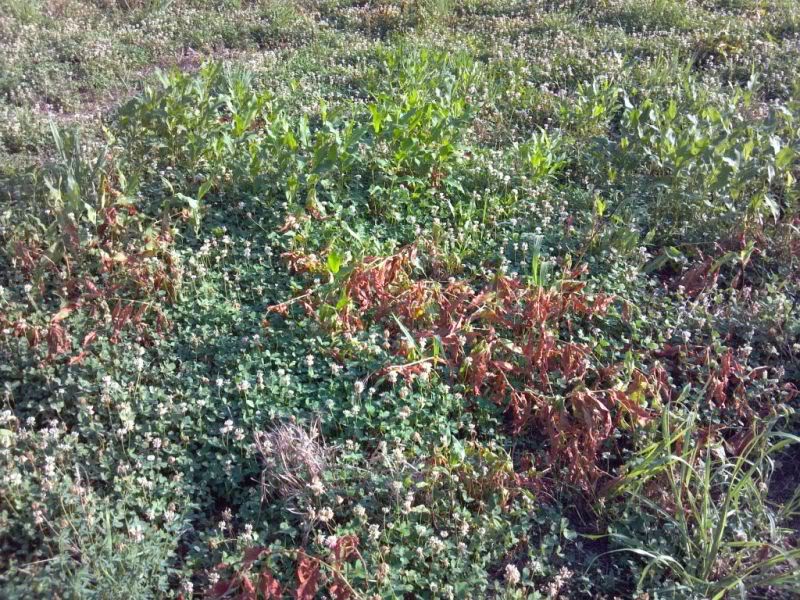
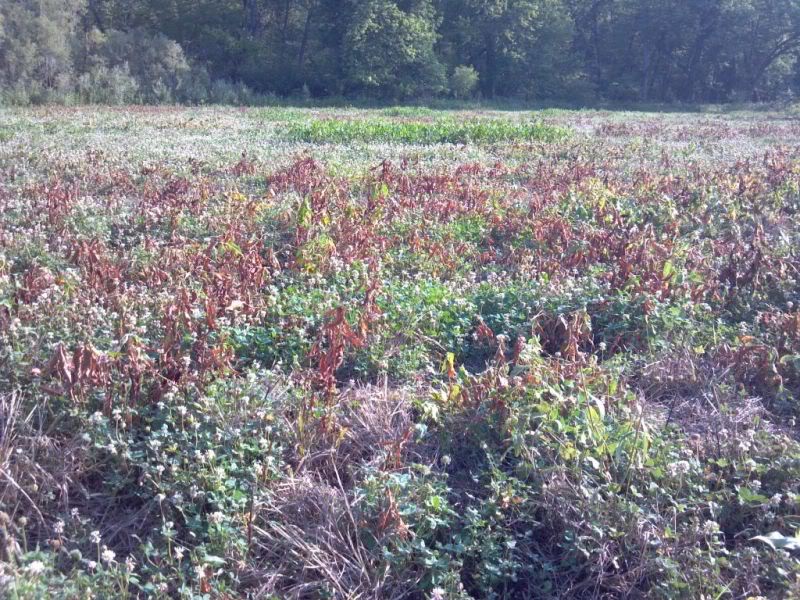
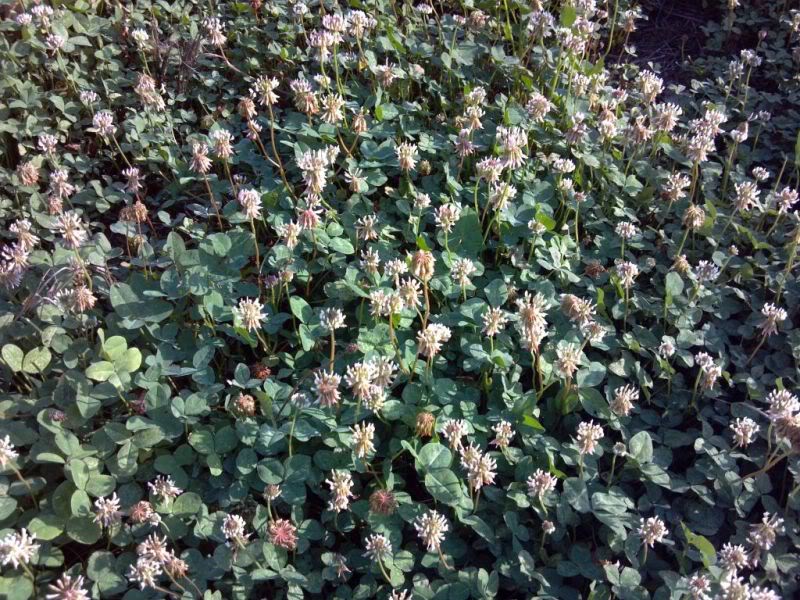
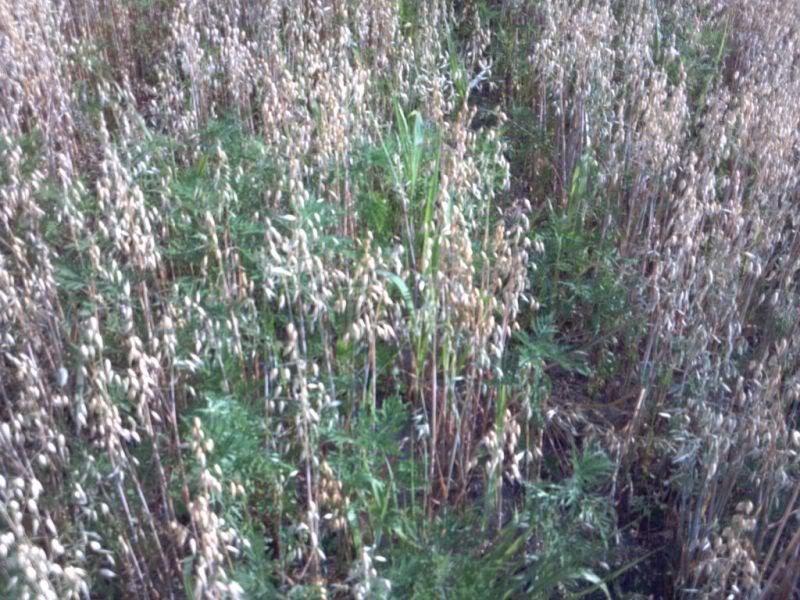
Paul what is your opinion on spraying or mowing with this weather?
I mowed two weeks ago and sprayed in certain fields. Even if their were a few weeds coming up in the fields I was going to wait until we received some rain or should I spray them.
Thanks in advance.
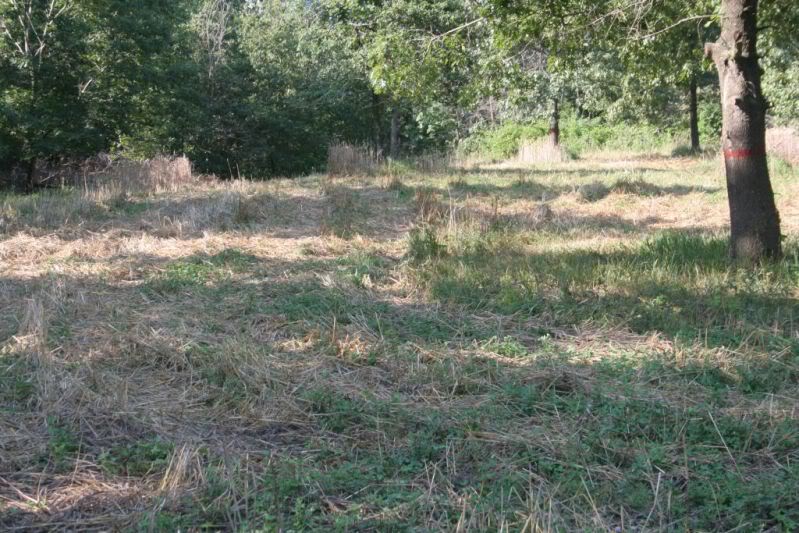
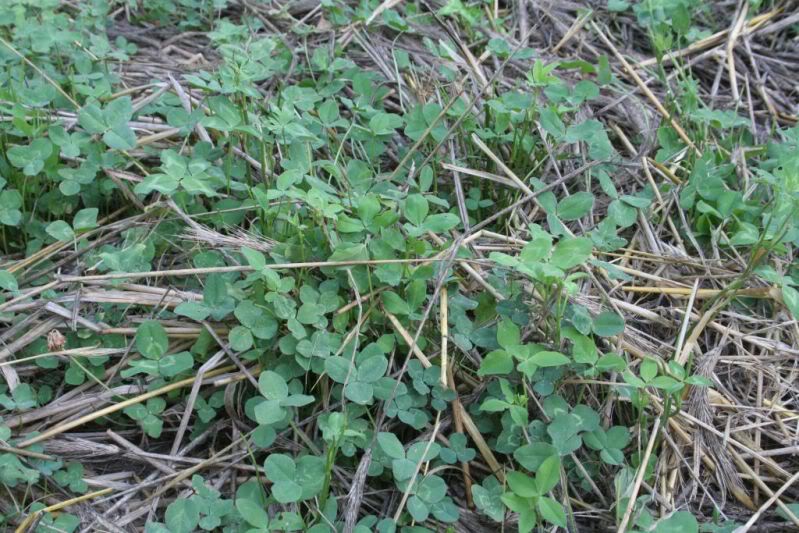
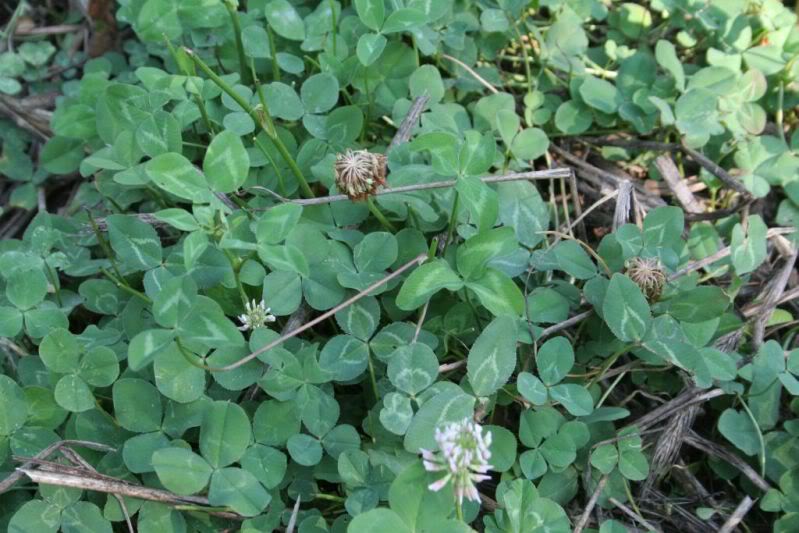
Cereal Grain combo in 45% of plot
Winter rye 50-80#'s per acre (56#'s = a bushel)
Spring oats 80-120#'s per acre (32#'s = a bushel)
Austrian Winter Peas or 4010/6040 Forage peas 20-80#'s per acre
Red Clover 8-12#'s per acre and white clover at 6#'s per acre
Groundhog Forage Radish 5#'s per acre
Plant in late August to early September, if following well fertilized brassicas use 100 - 200#'s of urea, if starting a new plot add 400#'s of 6-28-28 and 400-500# of pellet lime
Till in fertilizer/lime, broadcast large seeds, cultipack, broadcast small seeds, cultipack to cover.
